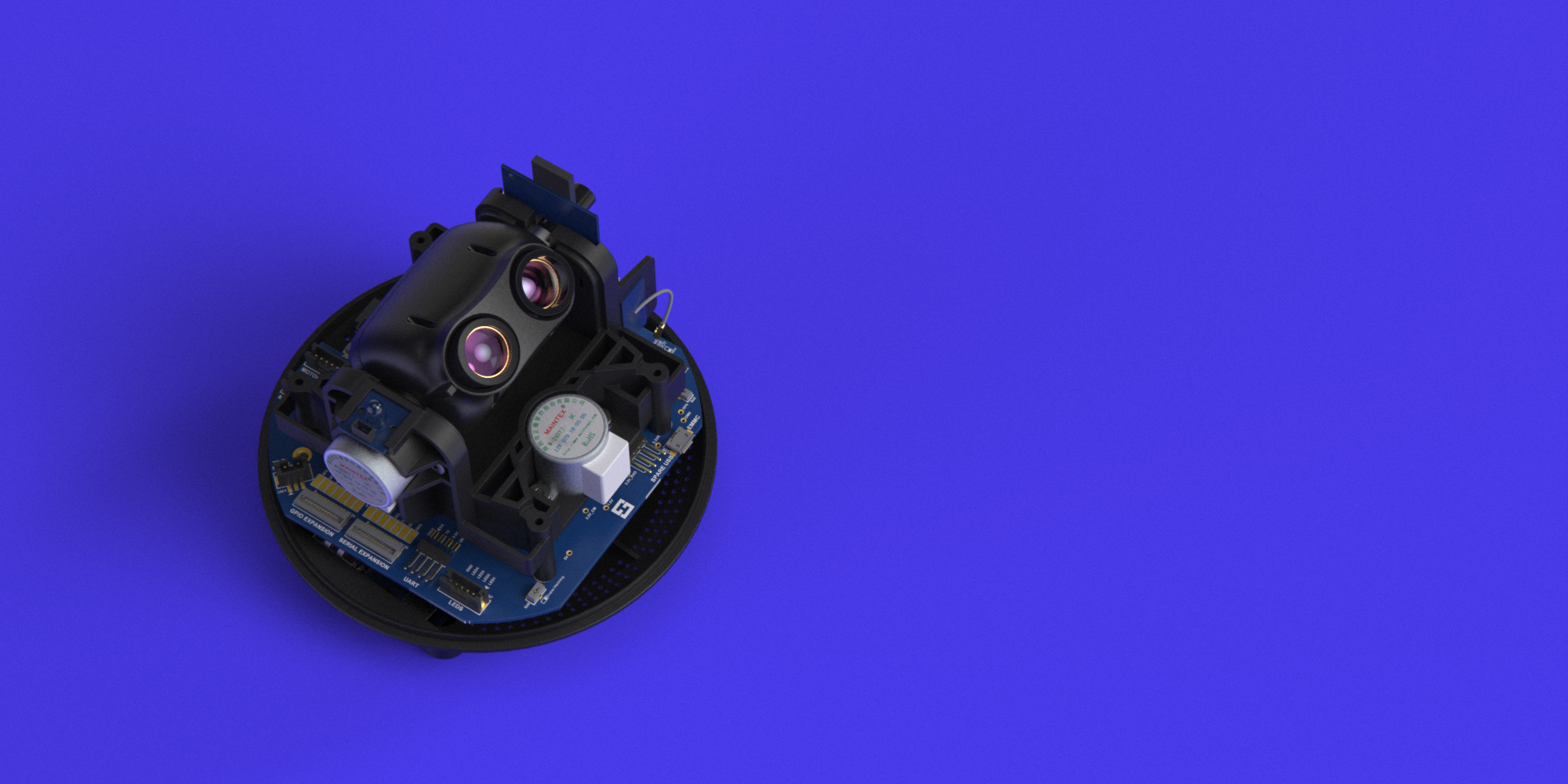When Sensors Outperform Beacons in Indoor Location Systems
One of the questions we often get here at InnerSpace is why did we create our own sensor, why not use beacons? It’s a great question…
Sensors vs Beacons
Beacons can be thought of as one-way transmitters from a fixed location. Beacons continuously transmit a signal, which are then detected by devices like smartphones when within range of the beacon.
On the other hand, sensors are fixed-points that are connected directly to a control system - in our case the InnerSpace platform. Sensors only transmit a signal when a device, like a smartphone is detected. Sensors actively interact with the devices to gather information or track movements and then send it to the central platform which can then disseminate the gathered information to a wider variety of devices or applications.

Benefits of Sensors over Beacons
Here are some critical reasons why sensors provide better options for indoor location:
-
No Battery Replacement: Sensors uses Power over Ethernet (PoE) where electrical power passes along the data on the Ethernet cables. No additional energy source is required. Beacons however, require batteries. It is common for a space to require numerous beacons throughout the facility, resulting battery replacement a significant maintenance overhead.
-
Mapping: With sensors, you have more control over mapping. You can generate maps at whatever frequency you want. In addition, spaces are often dynamic, sensors are able to generate updated maps. Beacons don’t have mapping capabilities, and if the space changes, beacons have to be relocated and a new map needs to be created in order to maintain usability.
-
Self-Positioning: Sensors are able to self-position with the generated map. Some beacons, also have self-positioning capabilities. However, due to the lack of maps for context, the self-positioning of beacons is only relative to one another.
-
Location and Map Connection: With sensors, the location and map are always connected. Location-awareness opens up new opportunities for applications to explore. For example, determining traffic patterns and providing ideal routes through a large space to users, or providing alerts to users on the best time to leave for a meeting across a company’s campus in order to arrive on time. Beacons are location-agnostic. This limits your options to implement location-based strategies.
-
Software Updates: Sensor software receives updates through the Ethernet. No additional maintenance is required. Sensors will automatically have the most up-to-date software on the devices. Firmware has to be manually updated with beacons.
-
Passive Tracking: Sensors can understand where someone is within a space without movement. Beacons require someone to come into close proximity and/or walk past it to work. Additionally, sensors don’t require the end-user to install any software. Beacons require an app on the phone to be recognized.
Sensors Provide Instant Access to Aggregated Traffic Data
In terms of functionality, sensors perform two important tasks:
-
Provide signals for wayfinding and navigating, similar to beacons.
-
Passively monitor for traffic in a space, which beacons cannot do.
Due to the second functionality, as soon as a sensor-based system like InnerSpace is installed, customers can start seeing anonymized aggregated traffic data of their users in the space. It helps businesses answer questions like where do people go, where do they spend the most time, where do they get stuck, what spaces are not used, and more. This is a huge differentiator. You will have more accurate data about your customers in the context of the location than any beacon-based system.

Additional Tracking Capabilities of InnerSpace Sensors
InnerSpace sensors also provide asset tracking capabilities. So you can install an asset tag on various objects you want to track more accurately, such as expensive equipment, trays in a cafeteria, etc. The locations of assets are then monitored by the system. Beacon-based indoor applications are incapable of providing such features.
Overall, InnerSpace sensor-based indoor location technology gives you a comprehensive solution that is highly-accurate, low-maintenance and high-performing. It can better serve your needs than any beacon-based solution available on the market today.
Accurate space utilization data through Wi-Fi?
We'll prove it to you.
See why industry leaders leverage InnerSpace to generate valuable insights that go beyond occupancy.

